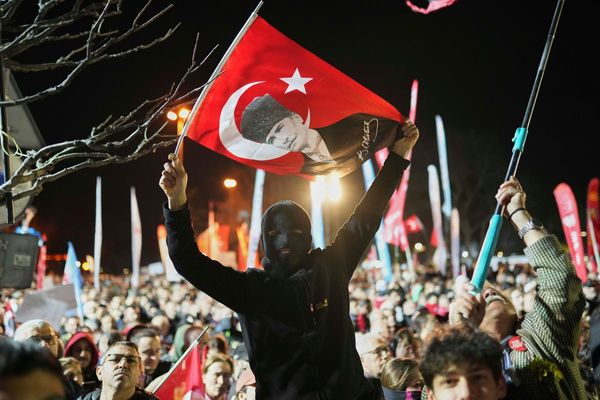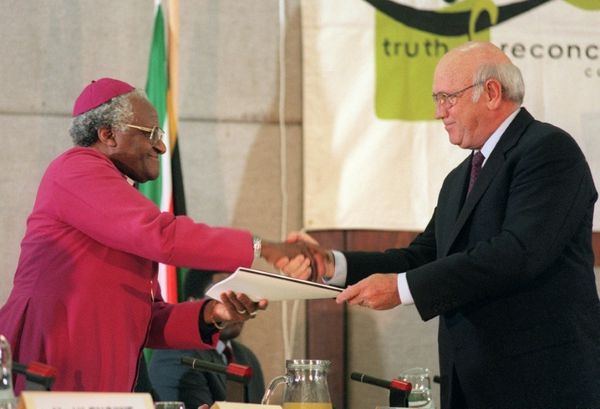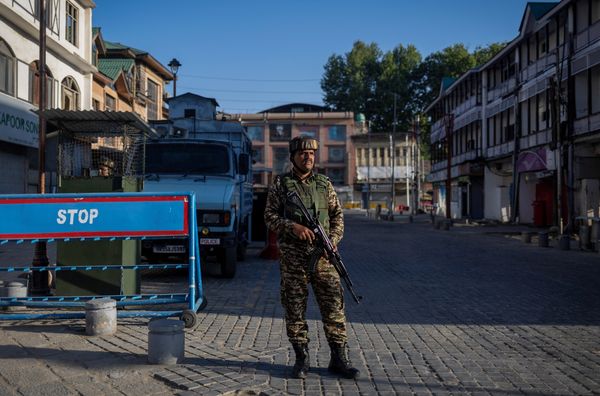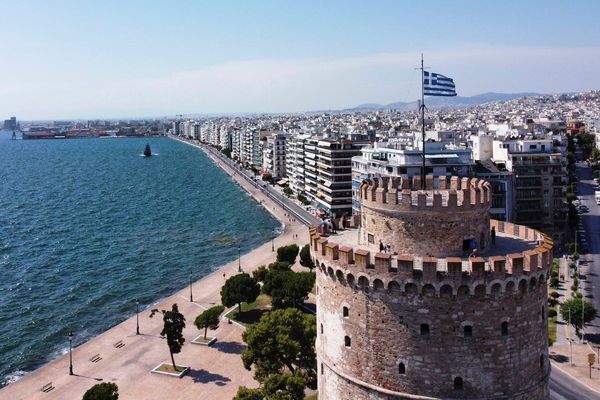
The Israeli military says it has killed 90 people during its raid on Gaza’s al-Shifa Hospital where a siege has entered a third day, as displaced Palestinians sheltering in the facility described long detentions and abuse.
Hamas condemned what it called Israel’s “bloody massacre” at al-Shifa and said civilians, patients and displaced people were among the fatalities.
Al-Shifa, the Gaza Strip’s largest hospital before the current conflict started, is one of the few healthcare facilities that is even partially operational in the north of the enclave.
It housed more than 7,000 patients and displaced people before the latest attack, the Gaza government said.
On Wednesday, the Israeli military said about 300 suspects were interrogated at the complex and more than 160 detained were brought to Israel “for further investigation”.
“Over the past day, the troops have eliminated terrorists and located weapons in the hospital area, while preventing harm to civilians, patients, medical teams, and medical equipment,” the military said in a statement.
Ismail al-Thawabta, the director of Gaza’s government media office, denied the Israeli military’s claims of having killed fighters and said all the dead were wounded patients and displaced people.
“The Israeli occupation army practises lying and deception in spreading its narrative as part of justifying its continuous and law-breaking crimes, which violate international law, international humanitarian law,” he told the Reuters news agency.
‘All the places are destroyed’
Displaced Palestinians spoke to Al Jazeera about their hours-long detentions during the Israeli army’s storming and siege of al-Shifa. The raid started early on Monday and the military said it had sent in special forces supported by infantry and tanks.
“We were in one of the buildings inside the al-Shifa Medical Complex,” said Saleh Abu Sakran. “The soldiers fired at the building where we are. They asked us to take off our clothes and go down to the hospital yard and sat us inside a residential building next to the hospital where we were interrogated.”
On Tuesday night, the army ordered them to head towards southern areas of the Gaza Strip, Abu Sakran said. He did not know the fate of the detainees inside the complex.
One woman recounted the ordeal she faced during her forced discharge from al-Shifa.
“I faced great difficulties in walking among the Israeli vehicles and bulldozers, and the children suffered greatly, and tanks fired at us,” said the woman, a diabetic.
“Gaza is not Gaza. All the places are destroyed. We went three days without eating. I felt like I was going to die.”
Some of the wounded and sick discharged from al-Shifa arrived at the Baptist Hospital in Gaza City for treatment.
Moath al-Kahlout, reporting from Gaza City, said the Israeli shelling has not stopped since Tuesday.
“It has been ongoing. Many were killed in the streets while fleeing and their bodies are still there,” he said.
Israel faced fierce criticism last November when troops first raided al-Shifa Hospital. They claimed to have uncovered tunnels ostensibly used as command and control centres by Hamas.
Hamas and medical staff denied the hospital was used for military purposes or to shelter fighters.
Meanwhile, an Israeli attack on the Nuseirat refugee camp in central Gaza killed at least 27 people, most of whom were displaced because of attacks on other parts of the enclave. At least five women and nine children were among the dead.
The injured were taken to Al-Aqsa Martyrs Hospital in Deir el-Balah after an Israeli air strike targeted a three-storey family home in the camp late on Tuesday.
Another Israeli strike hit the nearby Bureij camp, killing eight people, including three women.
🚑Palestine Red Crescent ambulance teams transported a martyred child and ten injuries due to the Israeli occupation's shelling of a residential apartment in the Bureij camp in the central #Gaza Strip.
📷 Filmed by PRCS volunteer: Mohammed Suleiman pic.twitter.com/aAsDied9mC— PRCS (@PalestineRCS) March 20, 2024
Nuseirat and Bureij are among several densely populated refugee camps in Gaza that date back to 1948 when an estimated 750,000 Palestinians fled or were driven from their homes in what is now Israel, during the war surrounding its creation. Refugees and their descendants make up a majority of Gaza’s population of 2.3 million.







